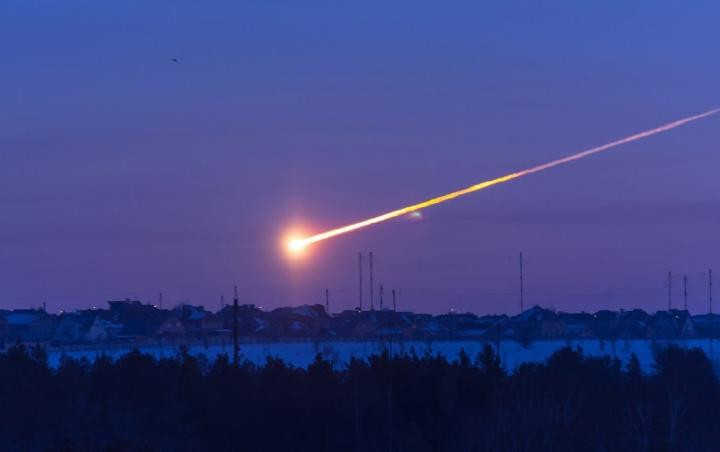Skyscraper-sized 'potentially hazardous' asteroid will zip past Earth on Halloween
The planet faces no danger from an asteroid collision for at least the next 100 years, per NASA.
According to NASA predictions, an asteroid almost as tall as the world's tallest building is set to pass perilously close to Earth on Halloween night.
This asteroid has been named "2022 RM4," by NASA scientists. The giant asteroid's diameter ranges from 1,083 to 2,428 feet, and it falls just a little short of the Burj Khalifa in Dubai.
On November 1, it will tumble past Earth at a speed of 52,800 mph. It will be closest to Earth on Halloween night at a distance of about 2.3 million kilometres, not a great distance by cosmic margins.
The asteroid is also considered a "potentially hazardous" space rock due to its "size and close proximity to Earth." However, it poses no threat of collision with our planet.
The space agency classifies any space object as "possibly hazardous," if it comes within 4.65 million miles (7.5 million km) of Earth. It tracks these asteroids with the help of telescopes that scan the entire night sky every 24 hours. According to NASA, the planet will not see any end-of-the-world asteroid collisions for at least the next 100 years.
No danger, but newly-discovered asteroid 2022 RM4 will pass less than 6 lunar distances on November 1. Possibly as wide as 740 meters, it will brighten to mag 14.3, well within reach of backyard telescopes. @unistellar
— Tony Dunn (@tony873004) October 5, 2022
This is very close for an asteroid this size. #2022RM4 pic.twitter.com/Z8khblg3Gq
Even though there is nothing to fear right now, there have been several incidents in the past where meteors have made their way to Earth. In 2021, a meteor the size of a bowling ball exploded over Vermont, US. Fortunately, it did not cause any damage to life or property.
In 2013, a meteor exploded above the central Russian city of Chelyabinsk, according to Space.com. The fireballs from the meteor damaged buildings and injured nearly 1,500 people.
NASA defines asteroids as "rocky objects" that orbit around the Sun. They are also referred to as minor planets. There are about 994,412 known asteroids so far. They are of different sizes, ranging from 329 miles in diameter to less than 33 feet.

© Copyright IBTimes 2025. All rights reserved.






















